CONTENTS
P ETER A CKROYD
 1
1 
The imaginative geography of the Whitechapel murders
J OHN M ARRIOTT
 2
2 
The immigrant community of Whitechapel at the time of the Ripper murders
A NNE J. K ERSHEN
 3
3 
Law, order and violence
L OUISE A. J ACKSON
 4
4 
Common lodgings and furnished rooms: housing in 1880s Whitechapel
R ICHARD D ENNIS
 5
5 
Deeds of heroism: Whitechapels ladies
E LLEN R OSS
 6
6 
Mapping the East End labyrinth
L AURA V AUGHAN
 7
7 
Jack the Ripper a legacy in pictures
C LIVE B LOOM
About the Book
The words Jack the Ripper and the East End conjure up a vision of the darker side of Victorian London dimly-lit alleys, foggy nights, prostitutes, poverty and horrific murder. How does this image square up with the facts? First published to coincide with a major exhibition at the Museum in Docklands, this book examines the Whitechapel Murders from many sides and delves into both the myth and the reality. It is not so much the crimes themselves that are under the microscope here but the intricate landscape of the East End. We discover how Whitechapel became, in the minds of Victorians, the site of disgust, danger and moral desolation. Previously unseen photographs from the Museum of Londons collection capture the grim reality of everyday life in the East End.
Leading historians throw fascinating new light on the inhabitants of Whitechapel and Spitalfields at the time of the murders. There are insights into prostitution, sexual violence and policing. The Flower and Dean Street rookery, with its cheap lodging houses, associated with all the Whitechapel murder victims, is set alongside slum clearance. The new model dwellings that catered for respectable artisans and their families are shown actually to have made the situation worse for the poorest, including many who were deserving but unfortunate. The Ladies who volunteered in the many charitable organisations and missions are examined as they fearlessly walked the streets at the time of the murders. An analysis of the area where Mary Jane Kelly was murdered makes use of Booths famous colour-coded Map of Poverty to uncover the true nature of Londons dark ghetto.
The shock and revulsion of the Whitechapel murders caused the public to look for a scapegoat. Attention fell on the immigrants in the area. This book discusses the impact on the Victorian East End of the Irish and, in particular, the large number of Jews who were recent arrivals.
Jack the Ripper inhabits the same world as Dr Jekyll and Mr Hyde and Sherlock Holmes: as man becomes beast, the forces of good and evil battle it out. Jack the Rippers identity and the murders have been re-interpreted by each new generation in film, art and literature. This lavishly illustrated book reveals how they have shaped our reading and vision of the East End.



The Whitechapel Murders were reported throughout the world. Here, an engraving from the French magazine Le Journal Illustr shows the discovery of what was described as the 10th victim. On 13 February 1891 Frances Coles was brutally murdered in Swallow Gardens, Royal Mint Street in Whitechapel. Although over two years after the murders of 1888, the event was quickly identified in the popular press as being the work of Jack the Ripper.

Three East End women, c.1900
Jack the Rippers victims were largely women in their late thirties or early forties. At the coroners inquests the description of their appearance and the second-hand clothes that they wore reflected their poverty. Despite everything, they were proud women, especially of their new bonnets and ribbons. Spitalfields and Whitechapel attracted many women who had fallen on hard times. In order to pay for their lodging and support their addiction to drink and tobacco they often resorted to prostitution. During the day, they would sleep on park benches and in alleyways. Some tried to earn a living by hawking goods at street markets.
INTRODUCTION
JACK THE RIPPER AND THE EAST END
P ETER A CKROYD
They are the most infamous murders in British history, the solution to which has baffled social historians and criminologists for over a century. On Friday, 31 August 1888, the body of a woman was found in Bucks Row, Whitechapel. Her name was Mary Ann Nichols, and her throat had been cut. A prostitute living in a doss-house, she was desperately looking for custom. Ill soon get my money, she told the doss-house keeper. See what a jolly bonnet I have. Eight days later the body of another prostitute, Annie May Chapman, was found in Hanbury Street in the same neighbourhood of Spitalfields. Annie Chapman was lying on her back with her legs spread wide. The coroner noted that the body had been terribly mutilated and that the throat had been deeply cut with the thin narrow blade of a very sharp knife, not dissimilar to one used by surgeons.
On 30 September the murderer claimed two more victims, Elizabeth Stride and Catherine Eddowes; their bodies were found in the neighbouring parishes of St-Georges-in-the-East and Aldgate. Elizabeth Stride, unlike the other victims, was not mutilated; only her throat was cut. Catherine Eddowes was less fortunate; the coroner, who came upon the body within half an hour of the murder, reported that
the intestines were drawn out to a large extent and placed over the right shoulder they were smeared over with some feculent matter. A piece of about two feet was quite detached from the body and placed between the body and the left arm, apparently by design. The lobe and auricle of the right ear were cut obliquely through.
Feculent here is derived from faeces.
On the night of this double discovery, a message was written in chalk on the wall of a nearby street reading

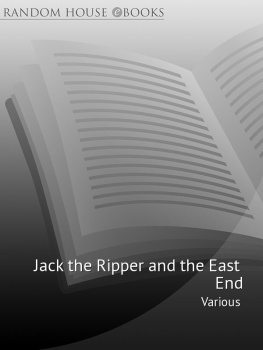
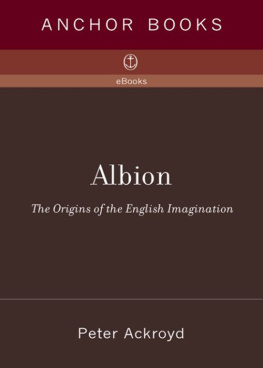
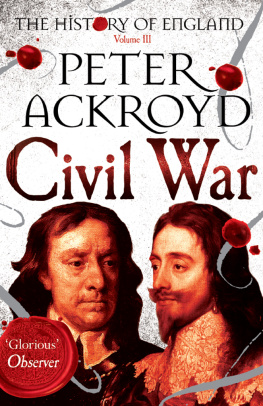

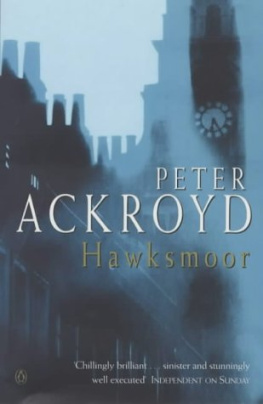
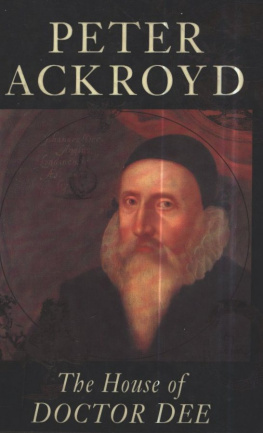
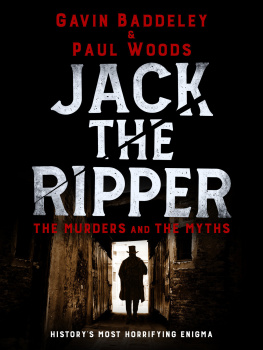
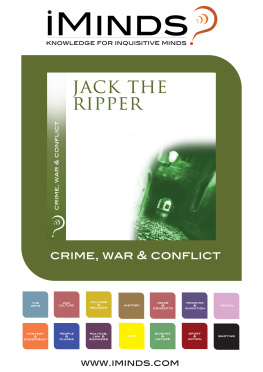
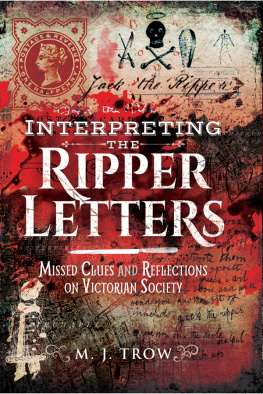
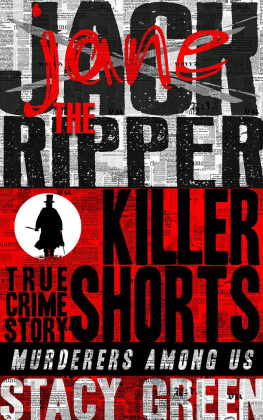
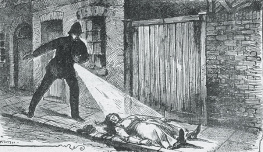
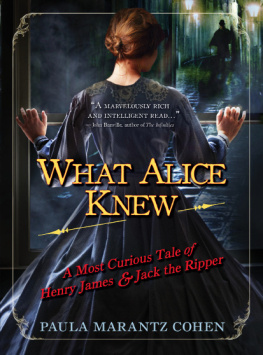

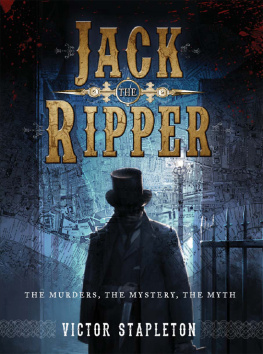
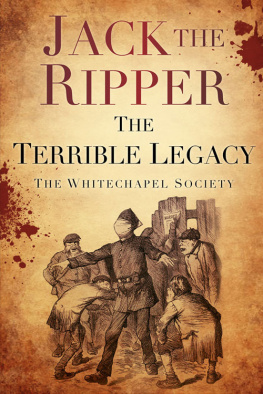


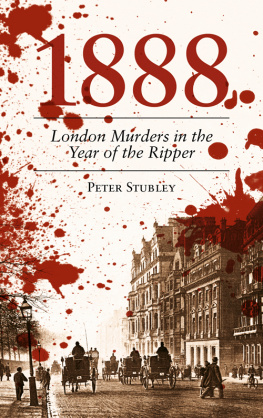
 1
1 




